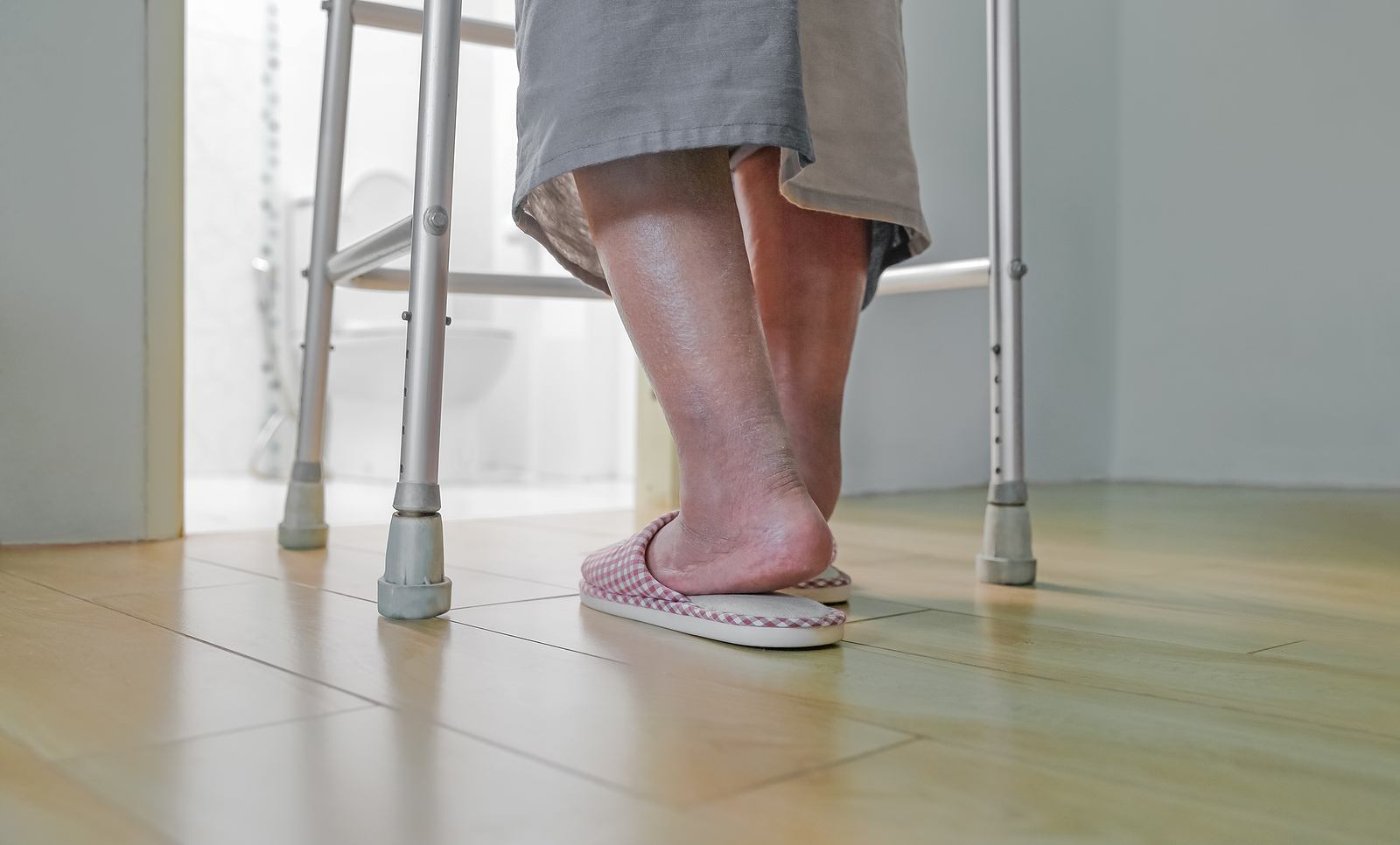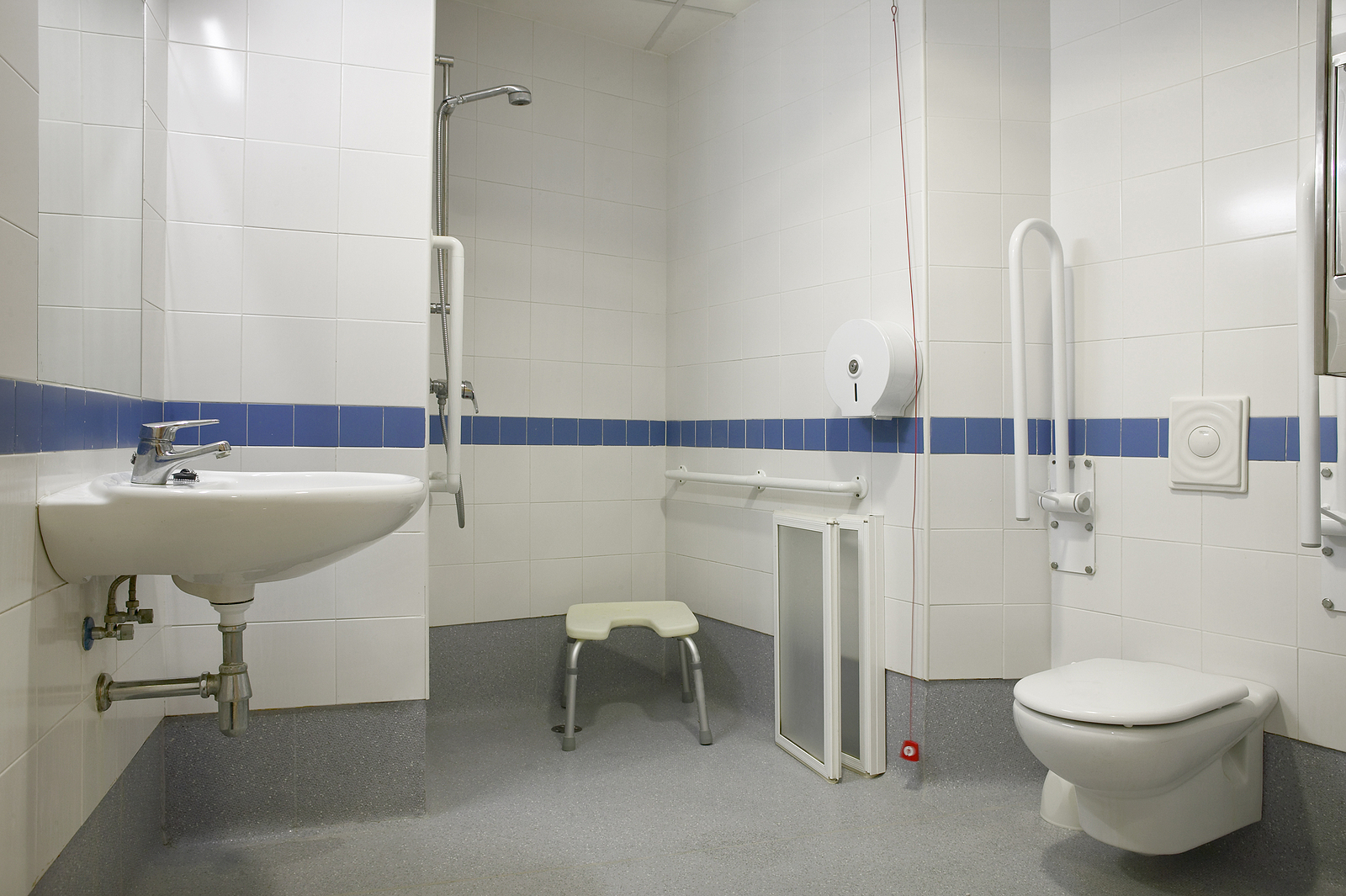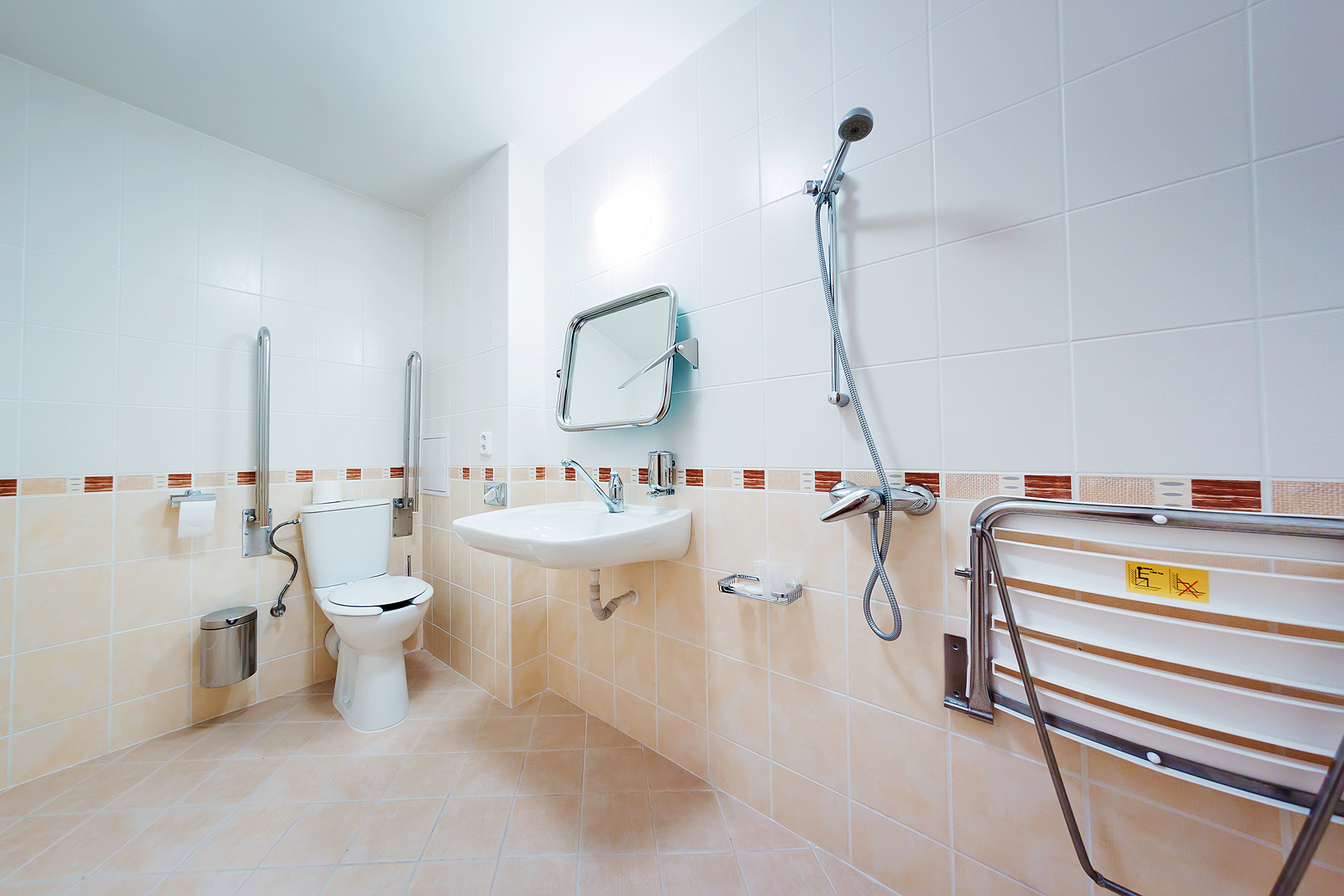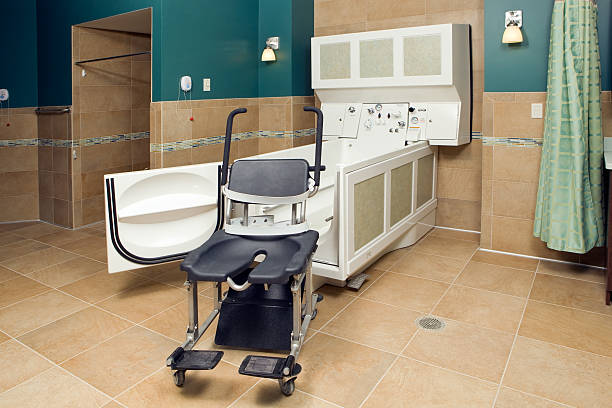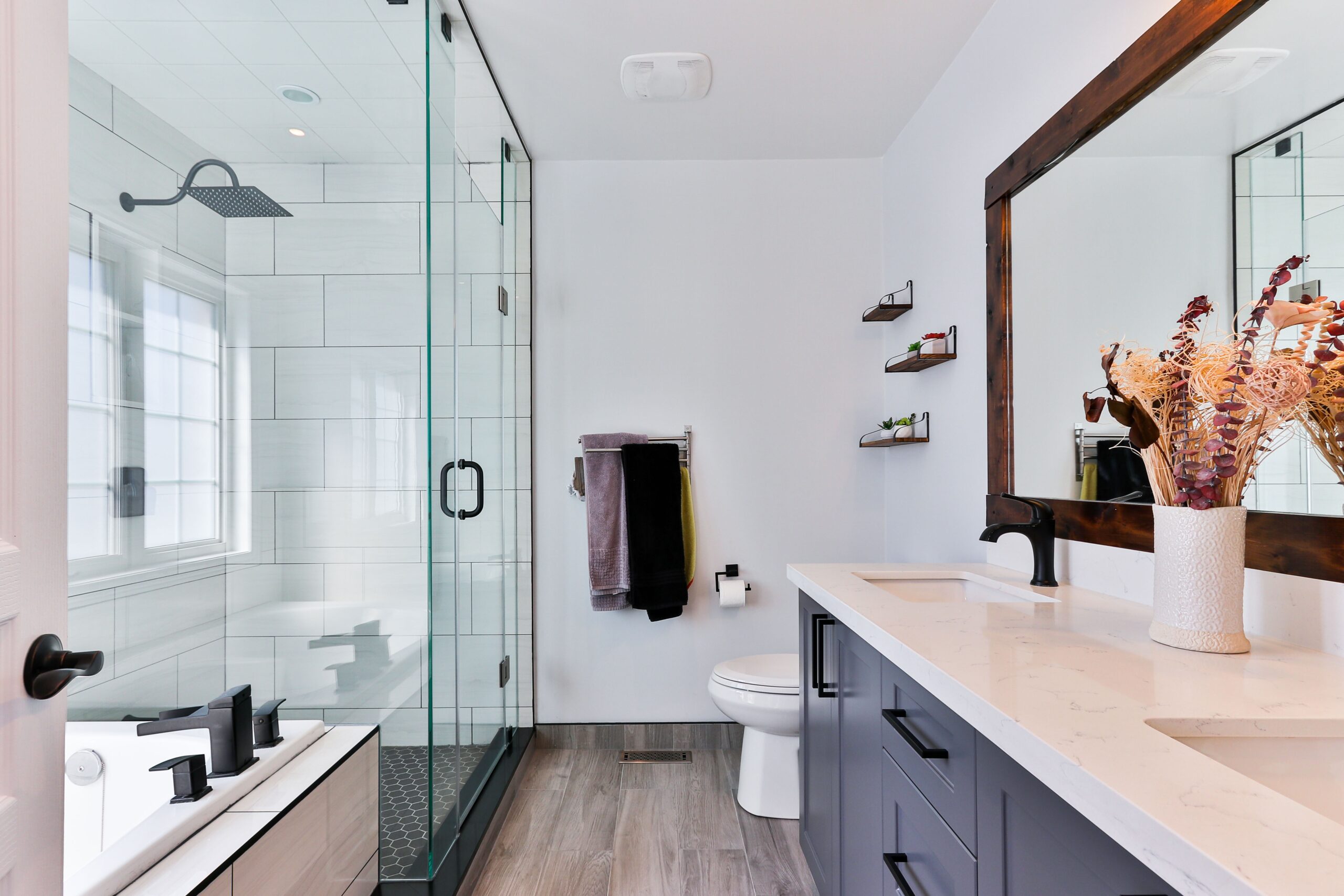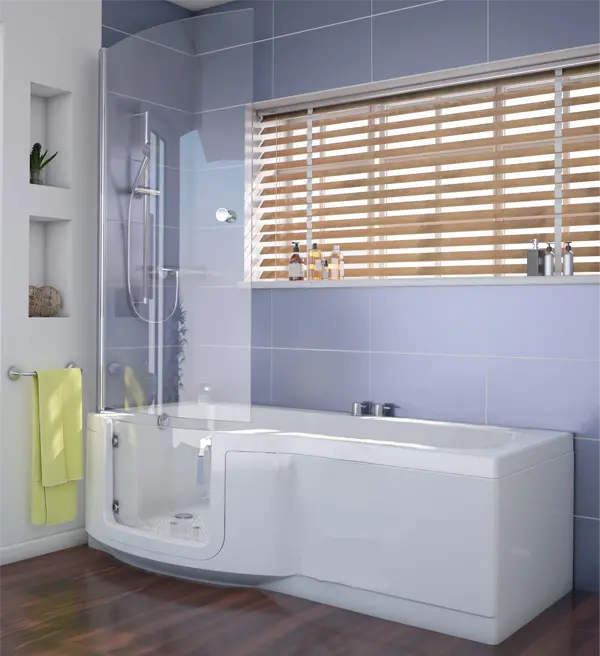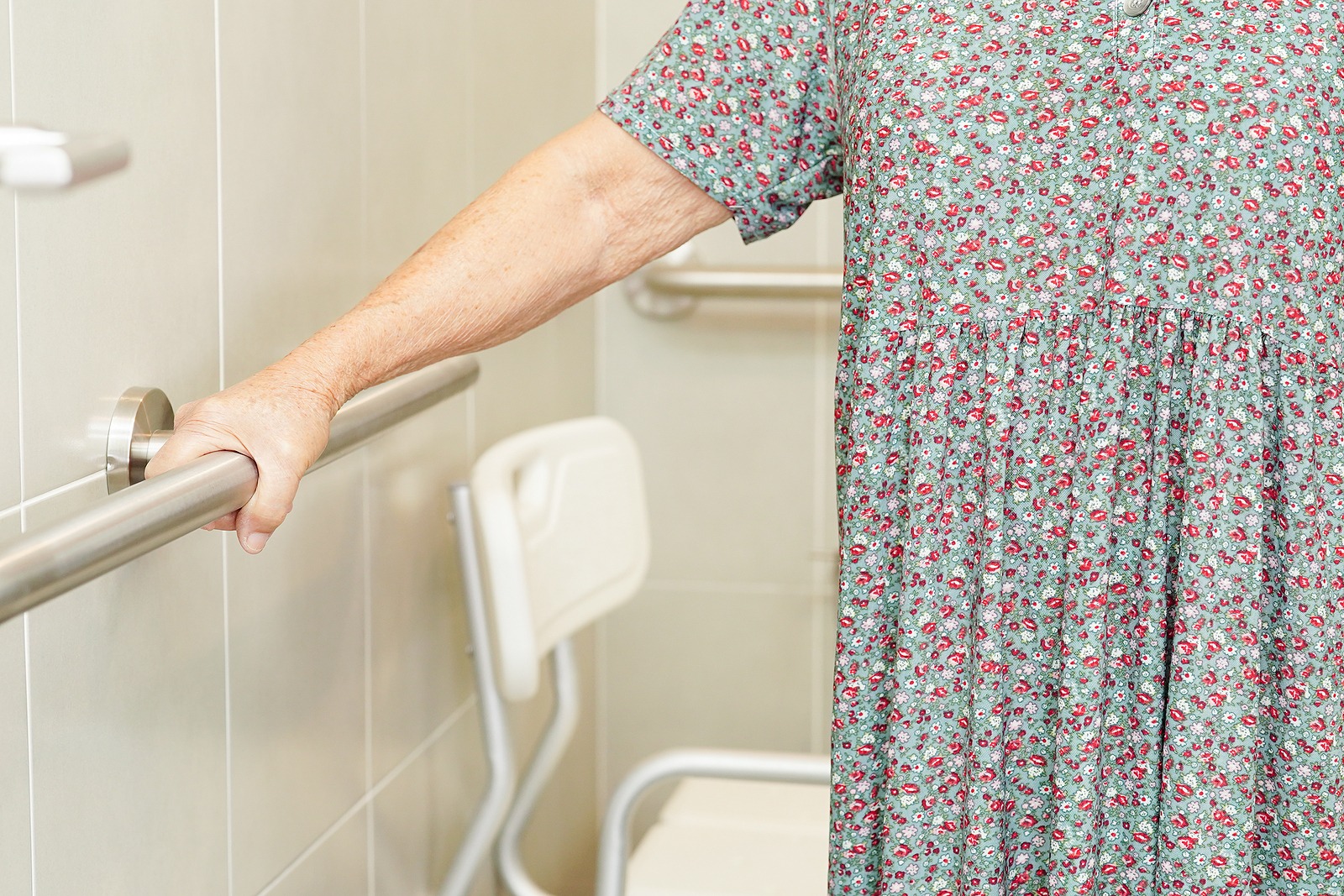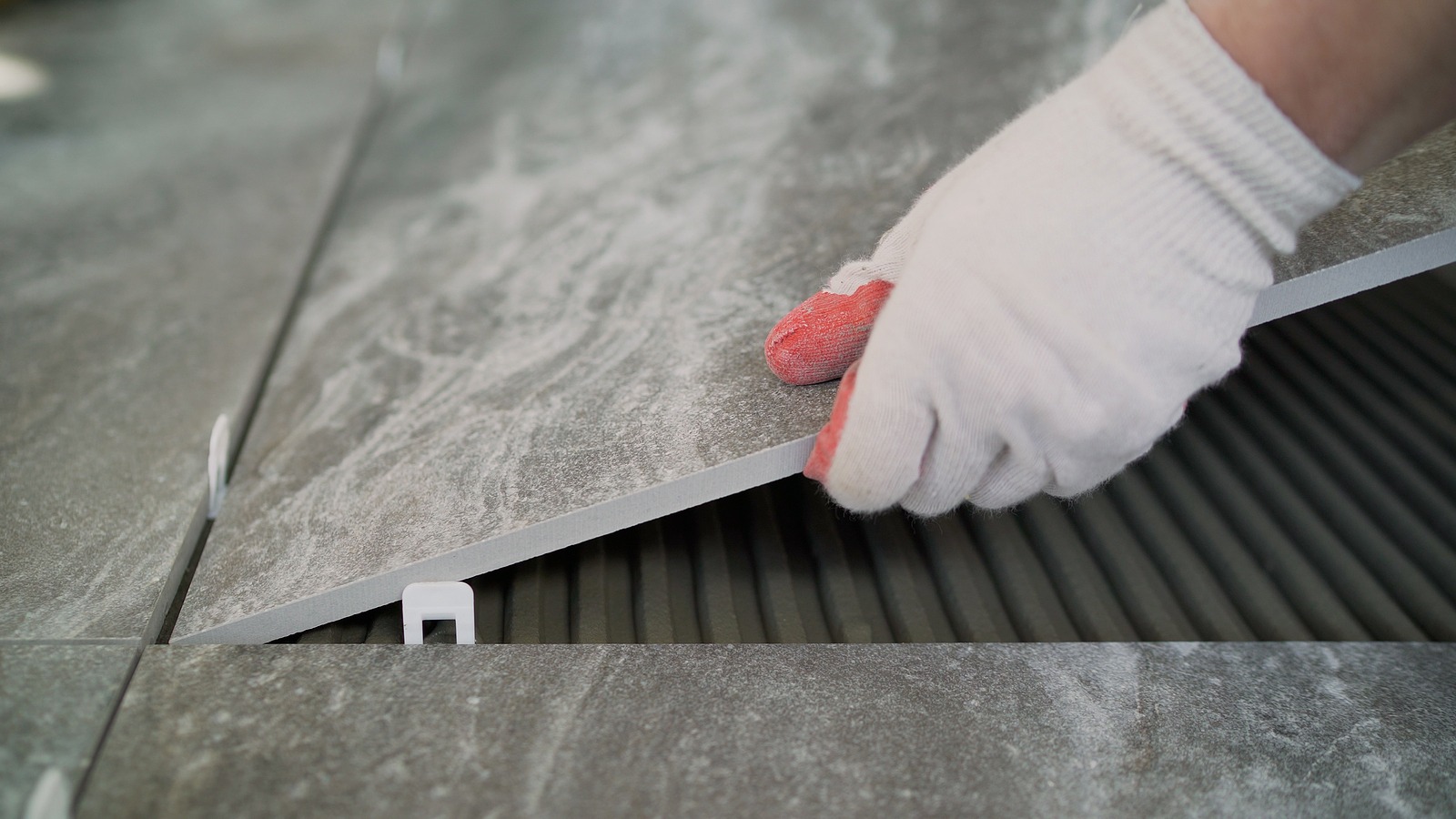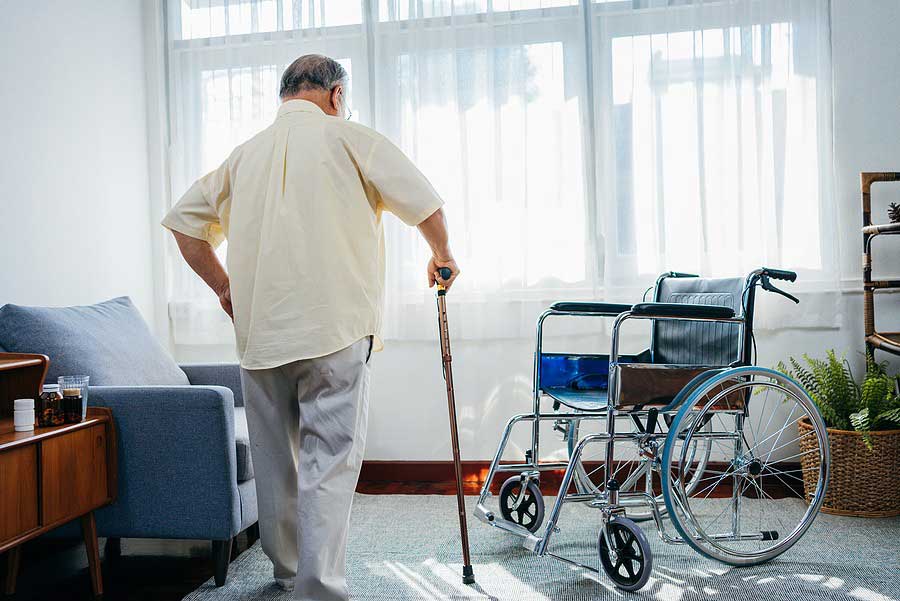Home Accessibility Changes To Support Sight Impairments
Continuing to live independently as we get older is certainly possible, but in order to facilitate this it may well be necessary to make certain changes and adaptations to our homes as our needs evolve over time.
It’s natural for vision to deteriorate with age, with the most common eye conditions that are likely to develop including cataracts (where the lens starts to cloud over), glaucoma (where the anterior chamber starts to narrow and block the drainage system near the iris), macular degeneration (where the retina becomes less sensitive to light) and diabetic retinopathy (where sugar buildup damages the eyes).
If you are losing your sight or have an eye condition of some kind, it is possible that you’ll have to carry out home adaptations and improvements to make your property accessible enough to support potential sight impairments.
Indoors, it can be helpful to increase the amount of natural light that comes flooding into your living spaces. An easy alteration would be to switch out heavy drapes for voile curtains or some other kind of sheer fabric, although you may find you need to make more extensive alterations, such as installing new windows to improve light levels.
Reducing trip hazards is also a must if you’re struggling with your eyesight, so make sure that any loose carpet tiles or floor planks are repaired and that the artificial lighting in each room is sufficient to keep all four corners of the space well lit.
The bathroom and kitchen in particular can represent significant health risks, so focusing on these parts of the home first can make it a safer place in which to live.
Using anti-slip mats and other kinds of safety flooring can ensure there are no slips, trips and falls. It can also be beneficial to decorate the space in a matte finish to minimise reflective surfaces, which can be dazzling and affect vision even further.
When installing features like grab rails, shower seating, bath lifts and so on, it can be beneficial to use contrasting colours to the rest of the bathroom so you can see them more easily.
As important as it is to prioritise the inside of your home, it’s also vital that you make the exterior of the property safe, as well.
Again, fixing any and all potential trip hazards is a must, with all paths and fenced areas well maintained and looked after. As for plants and trees, keeping everything cut back and orderly will also help reduce the risks of an accident taking place.
Outdoor lighting can also be used to excellent effect to ensure that any obstructions are seen before they cause problems, as well as using lights around the locks and keyholes on your front and back doors to help you get in and out of the house without much trouble.

